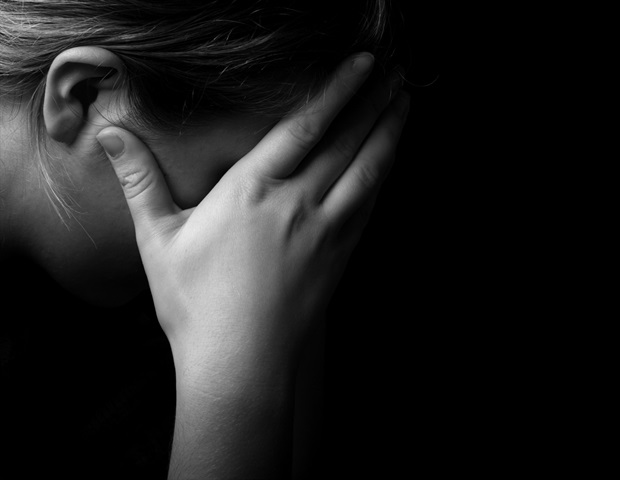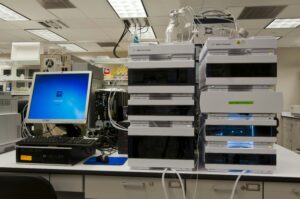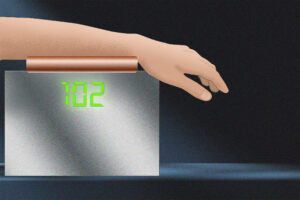
A recent study by UCLA Health suggests that a personalized form of electric brain stimulation, known as high-definition transcranial direct current stimulation (HD-tDCS), may offer a more effective and rapid treatment for individuals suffering from moderate to major depression. This development could potentially outpace existing therapies, according to findings published in JAMA Network Open.
The study explored the efficacy of HD-tDCS, a noninvasive brain stimulation technique, in treating depression. This method involves placing electrodes on a patient’s scalp to deliver safe electrical currents to specific brain regions, targeting networks responsible for emotional regulation and self-referential thoughts. Although transcranial direct current stimulation (tDCS) has not yet received approval from the U.S. Food and Drug Administration for depression treatment, ongoing research continues to explore its potential.
Advancements in Brain Stimulation Techniques
HD-tDCS represents an evolution of tDCS, offering a more precise and personalized approach. By utilizing smaller electrodes and neuroimaging, this method aims to optimize brain targeting. The current study builds upon earlier research that demonstrated HD-tDCS’s ability to modulate depression-relevant brain networks effectively.
In the study, 71 participants were divided into two groups: one received HD-tDCS treatment over 12 consecutive working days, while the other underwent a sham treatment. Researchers evaluated mood changes at various intervals before, during, and after treatment.
“Participants who received HD-tDCS treatment reported significant improvements to mood scores compared to those who underwent sham treatment,” the study noted, highlighting the therapy’s effectiveness and speed. Improvements were evident after just six days, surpassing results from traditional tDCS and other treatments such as psychotherapy and medications.
Expert Insights and Potential Applications
Dr. Mayank Anant Jog, the study’s first author and assistant professor of neurology at UCLA Health, emphasized the significance of targeting precise brain regions affected by depression. “By honing in on the precise brain regions affected by depression, we’ve shown that stimulation can significantly improve mood and daily functioning,” he stated. Dr. Jog also suggested that HD-tDCS might be effective for anxiety disorders, although further studies are necessary.
Dr. Katherine Narr, the study’s principal investigator and professor of neurology at UCLA Health, remarked on the therapy’s overall success and tolerability. “HD-tDCS therapy was effective and well-tolerated, with only mild to no side-effects observed,” she said. Dr. Narr also noted the potential for convenient at-home use, positioning HD-tDCS as a viable alternative for those seeking non-pharmacological treatments.
Future Directions and Study Limitations
Despite promising results, the study acknowledged certain limitations. It did not evaluate interactions between HD-tDCS and psychotropic medications, which could have influenced outcomes for participants on such medications. Additionally, the study was not designed to empirically validate the personalization aspect of HD-tDCS.
Future research will aim to address these gaps, exploring whether mood improvements can be sustained over longer treatment periods with appropriate maintenance strategies. The potential for HD-tDCS to extend its benefits to anxiety disorders also warrants further investigation.
As the field of brain stimulation continues to evolve, HD-tDCS represents a promising frontier in the treatment of depression. With further validation and refinement, this personalized approach could significantly enhance therapeutic options for individuals seeking relief from depressive symptoms.




